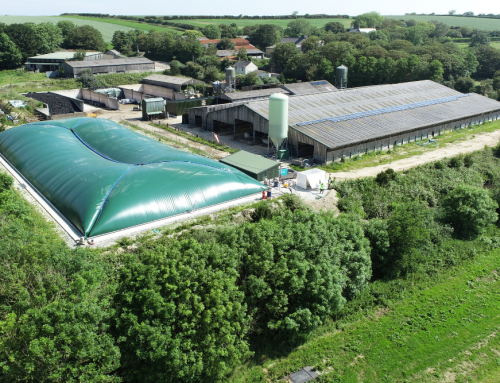Most chief executives agree that technological change like Artificial Intelligence and ERP is the biggest external challenge they face. Unfortunately, many also agree that they lack the knowledge to navigate or even understand what’s going on.
AI is amongst the most exciting and challenging changes, set to revolutionise the way we live and work and the transformation has already begun.
What is Artificial Intelligence or AI?
Forbes has brought together some useful definitions of what Artificial Intelligence actually means…
“AI is a general term that refers to hardware or software that exhibits behaviour which appears intelligent.”
While the IDC defines AI systems as,
“A set of technologies that use deep natural language processing and understanding to answer questions and provide recommendations and direction.”
A further definition can be found at Gartner,
“Artificial intelligence (AI) applies advanced analysis and logic-based techniques, including machine learning, to interpret events, support and automate decisions, and take actions.”
According to Forbes, worldwide spending on artificial intelligence (AI) systems is forecast to reach $35.8 billion in 2019, an increase of 44% over 2018, and to more than double to $79.2 billion in 2022 (IDC).
Business executives are undoubtedly interested in AI, it’s a popular idea, but that seems to be despite a general lack of understanding about what it is and how it can be used in business scenarios.
“73% of senior executives see AI, machine learning and automation as areas they want to maintain or increase investment in” says Forbes quoting figures from Celonis – “but only 33% state that they plan to invest more in getting better visibility of their processes, not taking into account that understanding their current processes first, could help them work out which technologies would be most beneficial to their business.”
This is the crux of the matter. There really is no short cut to the old school methods of sitting down and working out, where you are, what your processes are – and how you could change them to bring about your goals.
Align AI use with specific business objectives
AI technology is proving most successful for midsize business where it is being used to provide a valuable service or business benefit. It should not be all about the technology looking for a problem to solve.
Leading technology providers like SAP are sinking a lot of research cash into creating really valuable uses for AI within their existing technology.
For example, one way SAP uses Artificial Intelligence and Machine Learning is to predict what users want to do. The SAP Business ByDesign system for example, learns that a certain combination of key strokes is usually followed by a request for a report. By using that knowledge to prepare the report in the background, it can pull it up faster when you ask for it.
AI and Machine Learning is at its most successful where the technology gives time back to the user – that could be by fetching reports, as in the first example or by automatically recognising and matching your invoices with the supporting documentation. This kind of laborious repetitive task is being automated out of existence, which means that time and effort can be reallocated to higher-level work.
The Clear Case for Business Software
AI has many wonderful specific uses but it does require a level of preparation – for example; large amounts of clean, organized data which many organizations lack.
So the more we dig into this, the more we can see that there is a case for introducing robust business software as a precursor to anything more complicated.
Organising data and laying out business processes in detail are all activities which happen step by step when implementing business software like ERP. Plus there’s the added benefit that you are not alone – you get experts to guide you. There are no shortcuts, but there is help! Once completed however, you can benefit from all the wonders that Artificial Intelligence can offer. Advanced analytics based on AI will allow you to make informed decisions based on your own data, an advantage which many organizations currently lack.
It’s in the box!
So while early adopters may have made some headway by employing specialists to create pioneering AI within their business, the most useful AI is going to be the stuff that is being created and embedded right now in the business process technology that we buy. Increasingly AI sits inside our ERP and out-of-the-box solutions like Business ByDesign, helping us with everyday tasks, enriching our data and taking the more repetitive tasks off our hands.
If this has whetted your appetite and you want to know more about future-proofing your business with technology, experimenting with analytics or getting stuck into ERP, then please join us for a special immersive Innovation Day on March 19th at SAP’s Clock House.
Get in touch with Caroline for more info! [email protected]
Lucy Thorpe is head of content for InCloud Solutions – the home of expertise in SAP cloud product Business ByDesign.










Leave A Comment